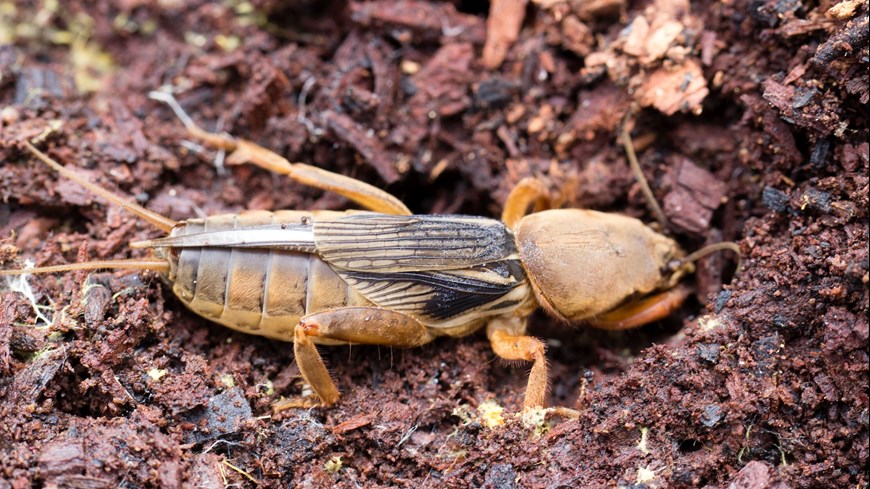Tell the temperature with crickets
Did you know that chirping crickets make a great thermometer? Get ready for some surprising cricket math!
In 1897, a scientist named Amos Dolbear published an article called The Cricket as a Thermometer after he noticed a link between air temperature and the rate at which crickets chirp.

Source: Museums Victoria
Photo: Ken Walker
Like all insects, crickets are cold-blooded. This means they take on the temperature of their surroundings. If it’s cold, they’re cold. If it’s warm, they’re warm. Crickets chirp by rubbing the edges of their front wings together. Their bodies have more energy in warmer weather, so they chirp more rapidly.
Steps
- Find a single chirping cricket
- Listen carefully
- Count the chirps in 25 seconds
- Divide this number by 3, then add 4 to get the current temperature in degrees Celcius.
Bonus activity
If you’re at the beach and want to know whether it’ll rain the next day, there’s a handy cheat you can use.
- Collect some dry seaweed and hang it outdoors overnight.
- Check it in the morning. If the seaweed is still dry, it'll be a dry day, but if it’s damp and floppy, you'll know rain is coming.
- If there is enough moisture in the air the dried seaweed will re-hydrate, and moisture in the air is a decent indicator of rain.







